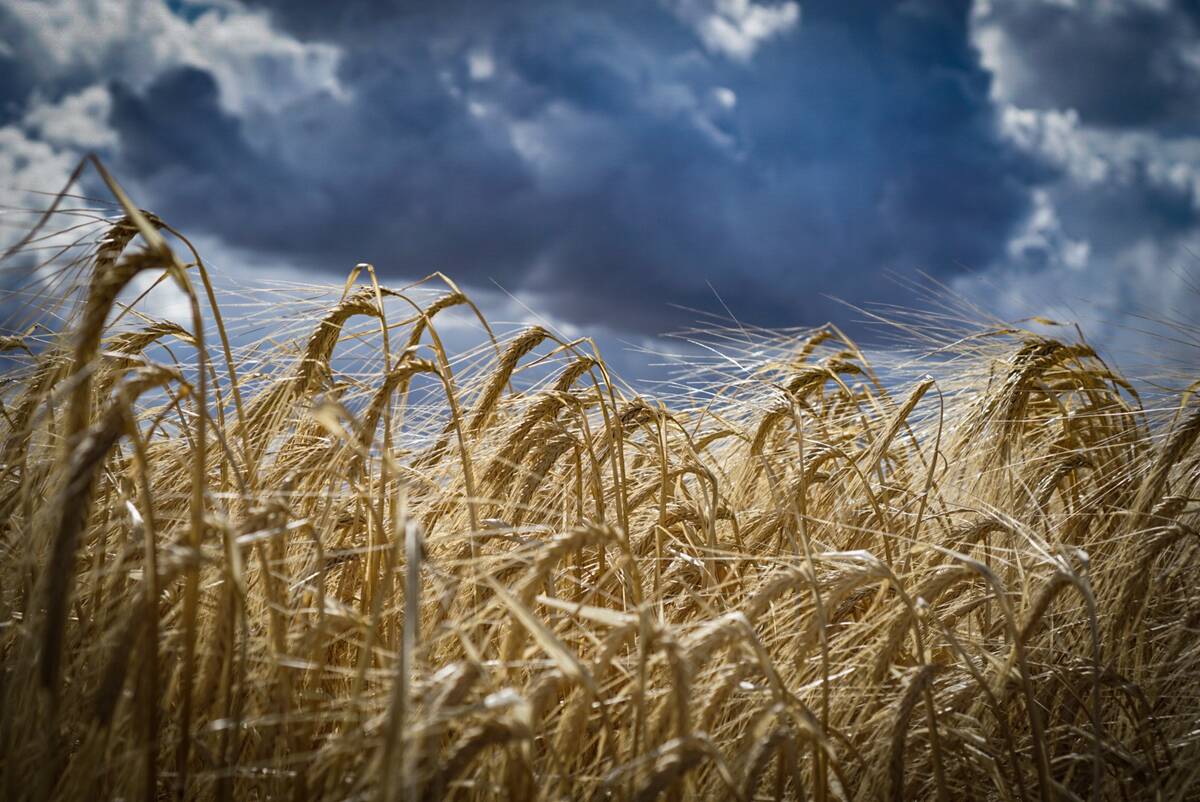Canadian farmers became increasingly dependent on off-farm work in the 1990s, with nearly half of their earnings coming from it in 1999.
That trend was greatest for medium-sized farms, those with gross farm revenues between $50,000 and $99,999, said researcher Lina Di Piétro of Statistics Canada.
The study exploring agricultural trends of the last decade was released last month.
Off-farm work accounted for 80 percent of medium-sized farmers’ earnings by 1999, up 14 percentage points from 1990.
Families operating large farms with revenue between $100,000 and $499,999 are still earning 55 percent of their income from the farm, but the gap is narrowing.
Read Also

Malting barley exporters target Mexican market
Canada’s barley sector is setting its sights on the Mexican market to help mop up some of the lost demand from China
In 1990, 63 percent of their income came from the farm.
“If this trend continues, these families may earn more income from off-farm income sources than from farming activities within a decade,” Di Piétro said.
The share of all off-farm income rose to 73 percent from 68 percent during the decade.
Di Piétro was not surprised by that finding. She said income from government and insurance programs dropped off during the period.
“Because they received less in program payments, the people are working more out of the farm,” said Di Piétro.
Increased economic pressures, changing lifestyles and increased employment opportunities are among the reasons for seeking different income.
She said families are seeking out options to make money to help stabilize the farm.
“It may be now more profitable to invest in equipment to offer service than to buy more land and increase their crop.”
Other data showed that income from off the farm remained stable for lifestyle farms that are operated by part-time farmers, pension farms run by seniors, and small farms with gross revenues between $10,000 and $49,999.
Di Piétro noted total numbers grew for large farms, which have revenues over $500,000, lifestyle farms and pension farms.
Increased farm size reflects economic pressures and the need to get bigger, leave or seek off-farm income to supplement farm earnings.
Greater numbers of pension farms reflect the aging farm population, while increases in lifestyle farms include those looking for tax advantages through farming, said Di Piétro.
She expected the study on unincorporated family farms to continue, with data on 2000 available within the year.














